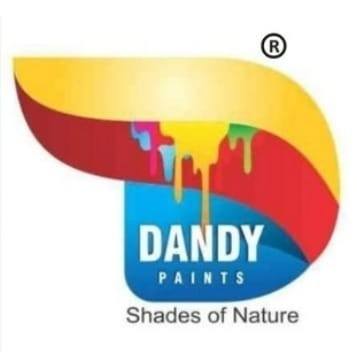Painting a wall or cabinetwork should leave a smooth, indeed finish, but occasionally your makeup dries inversely, leaving blotches, stripes, or lustrous and dull patches. Understanding why this happens can save you time, trouble, and plutocrat on your coming design.
1. Face Issues
Uneven makeup drying frequently starts with the face you’re oil.
Dirty or fine shells help proper adhesion.
Slithery or unctuous patches repel makeup.
Preliminarily painted shells may have old, uneven layers.
Tip Always clean the face completely, beach rough spots, and apply a manual before oil.
2. Uneven operation
How you apply makeup has a huge impact on drying.
Using too important makeup at formerly can beget thick areas to dry slower than thin bones.
Inconsistent encounter or comber strokes produce texture differences, leading to blotches.
Rolling or brushing over semi-dry makeup can also disturb the finish.
Tip Apply thin, indeed fleeces and maintain a wet edge while oil.
3. Environmental Factors
Paint is sensitive to temperature, moisture, and tailwind.
High moisture slows drying and can produce stripes or blistering.
Veritably hot conditions may beget the face to dry faster than the underpinning subcaste, performing in patchy texture.
Poor ventilation can trap humidity, affecting drying and curing.
Tip Paint in moderate rainfall or indoors with proper ventilation and suckers.
4. Paint Quality
Low- quality maquillages frequently have poor colors or binders, causing uneven drying.
Some maquillages separate in the can if left standing for too long.
Cheap maquillages may dry patchy, especially over dark or preliminarily painted shells.
Tip Always use high- quality makeup, shake or stir well before use, and consider using a manual for better adhesion.
5. Mixing & lacing Issues
Indecorous mixing or thinning can beget inconsistent drying.
Paint that is n’t stirred duly can have color or binder clumps, leaving uneven color or luster .
Over-thinning may reduce content and beget stripes, while under- thinning may make the makeup too thick to dry unevenly.
Tip Stir makeup completely before use and follow the manufacturer’s instructions for thinning if needed.
6. Comity Problems
Different layers of makeup may not be compatible:
Oil water- grounded makeup over oil painting- grounded makeup without proper medication can beget uneven drying.
Not using the right manual for a face can also lead to patchiness.
Tip Always check face comity and use applicable manuals or sealers.
✅ Conclusion
Uneven makeup drying is generally a combination of face medication, operation fashion, environmental conditions, and makeup quality. By taking the time to prepare your face, apply makeup rightly, and control your terrain, you can achieve a smooth, lustrous, and professional finish every time.



Leave a Reply